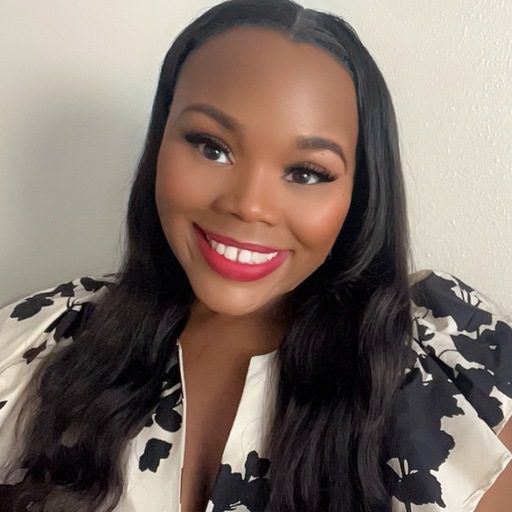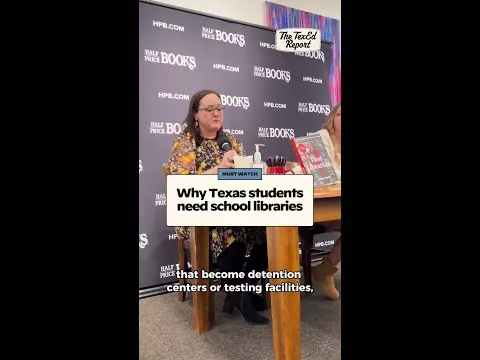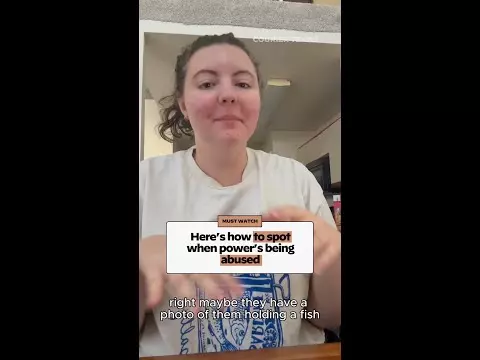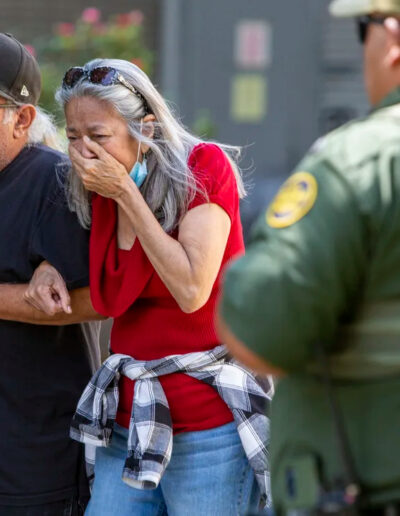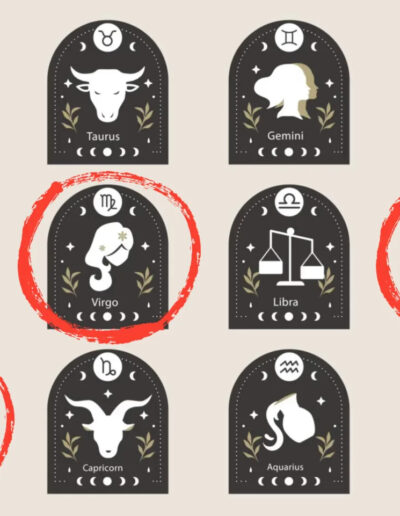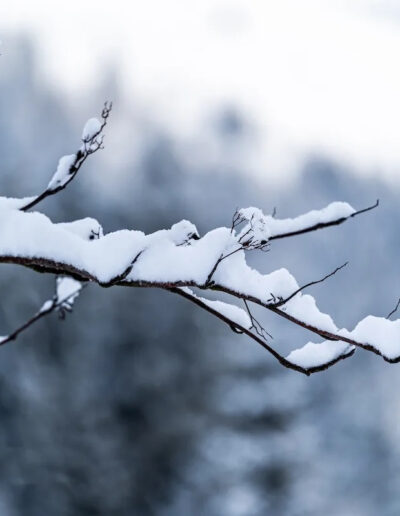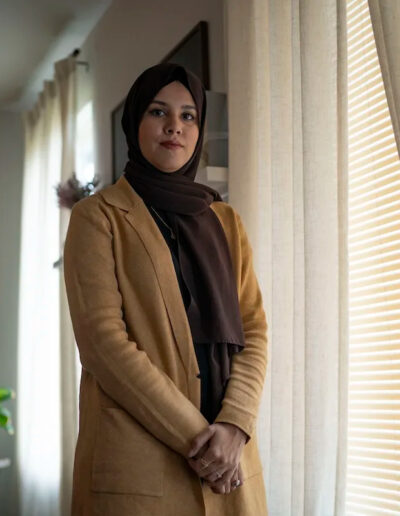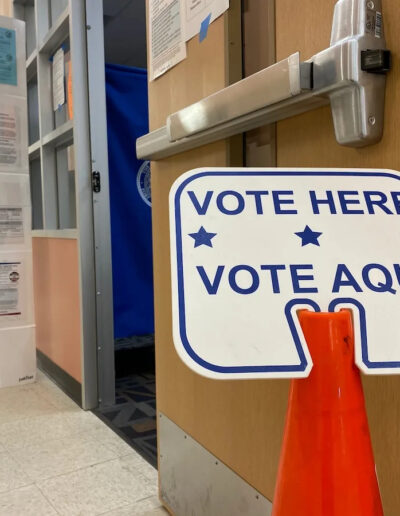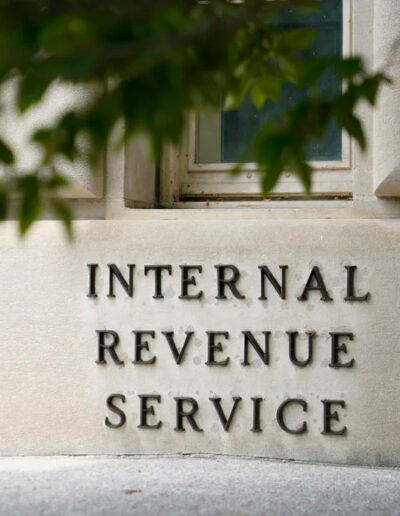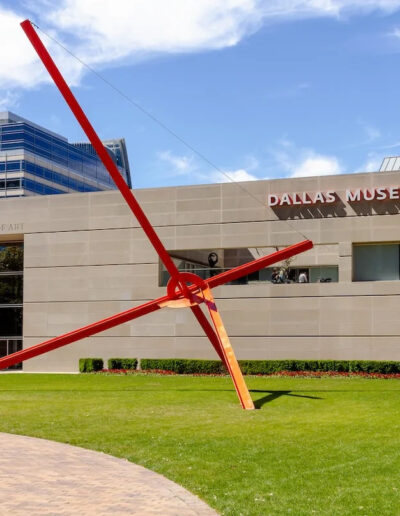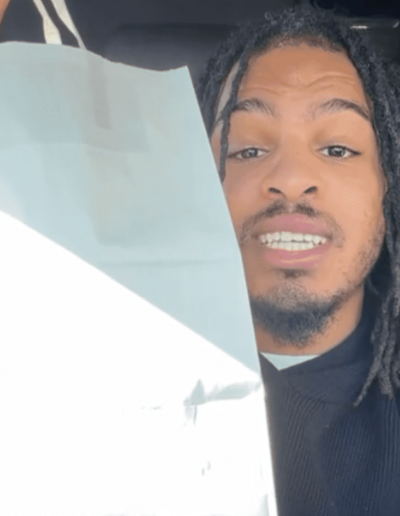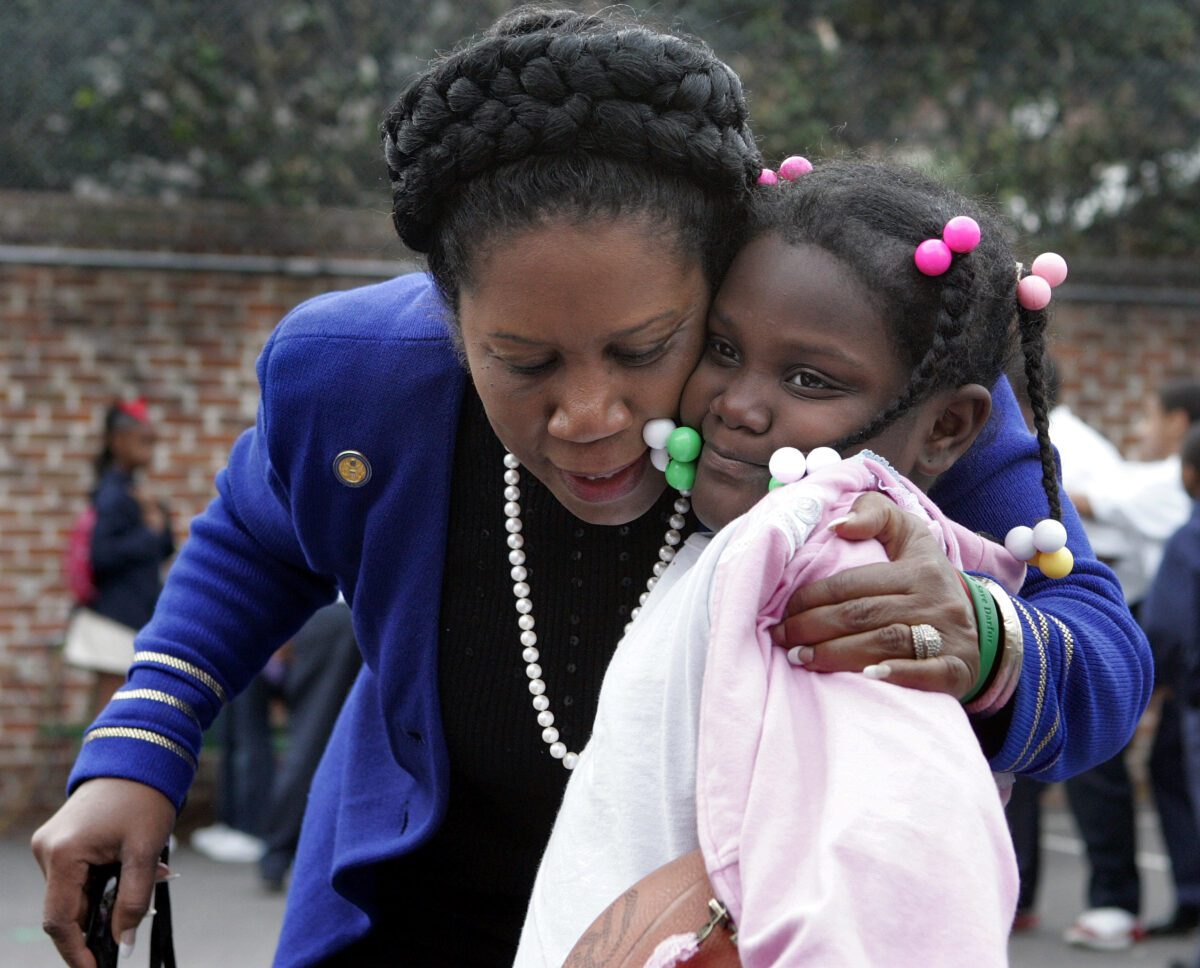
Congresswoman Sheila Jackson-Lee D-Texas, hugs Whittney Simpson, 7 at the Cathedral Academy School in the French Quarter of New Orleans on Friday, March 3, 2006. Members of Congress are on a three-day tour of the three-state region hit hard by Hurricane Katrina.(AP Photo/Alex Brandon)
On a random Tuesday, I found myself scrolling through Hulu for my next watch. To my surprise, Ryan Coogler had executive produced a documentary called “Hurricane Katrina: Race Against Time,” a five-part series on Hurricane Katrina and the lasting impact 20 years later. Before the first episode even began, I tried to reach for my own memory of Katrina, only to realize that I couldn’t recall how I perceived the storm when it happened.
I remember being 14 years old in the ninth grade at Alief Hastings High School in Houston in September of 2005. With almost no information from teachers or administration about what was actually going on, our school that was filled with born and raised Houstonians, was soon welcoming new students from New Orleans—enough to increase the school’s student population by 25%. By this point, the aftermath of Katrina was being covered by most media outlets and our daily norm would soon change without any preparation by the adults around us.
This lack of clarity caused confusion amongst both Houston and New Orleans students. Unfortunately, at my high school, this caused pure chaos.
I remember getting off of the bus many mornings only to arrive to Houston Vs. New Orleans brawls in the middle of our school courtyard. There was an animosity that both sides carried and as teenagers we were all guarded. Instead of making friends, most were instant enemies. As I watched the documentary, I couldn’t help but to continue to reflect on what I observed that fall.
We allowed the media to shape the lens in how we truly saw these survivors. They were the victims of a tragedy and so many students misunderstood them. We should have been welcoming them with open arms, not fighting them and not mislabeling them. Could you imagine going through one of the most traumatic experiences of your entire life, having to enroll into a new school, integrate into a new life with people that you’ve never seen before, all while the home that you had is completely gone?
I can recall conversations that I had with other students who were telling me stories of how their entire families were split up into several different states. Another student told me a story of how they spent days in the Astrodome—an experience that mirrored theirs from the Superdome—miserable. As traumatizing as all of this sounded, no one stopped to ask them if they were okay.
After watching the first episodes of the documentary, I was consumed with not only sadness, but also anger. We got it all wrong. Suddenly, the memorable moment of Kanye West on-live television saying “George Bush doesn’t care about Black people” started to make so much sense. The government was neglectful, the media contributed to a false narrative that we all believed, and ultimately, we ran with. It was an instant reminder of how easily misinformation can spread and the active role that the media plays in public awareness.
The disaster of the hurricane largely impacted impoverished people of color, and instead of providing them efficient aid and care, they were exploited and accused of loitering. They were painted out to be people that others should be afraid of when the truth was that they were in need and being denied basic necessities and resources.

Dawn (15) and her friend, Jeremiah (16), a New Orleans native, in 2006 at Alief Hastings High School in Houston, Texas.
The people that were made out to be criminals, who were called “hoodlums”, who were labeled “refugees” – we’re not that at all. These are people that I grew to love. To this day, some of my closest friends are those who moved to Houston from New Orleans that year. Not only did they bring their hearts to Houston, they introduced the city to the New Orleans culture that I don’t know we would have been able to experience otherwise.
With the introduction to Mardi Gras, bounce music, second-lining, locs, waist-length braids, and flavorful creole food—the people of New Orleans have made a long lasting impression on those of us in Houston.
As the 20th anniversary of Katrina approaches, let this be the reminder of the pivotal role that the media plays in framing the reality of what people are experiencing in real life and in real time. It should not have taken decades to hear the stories from survivors. The people of New Orleans deserved better.
If you’d like to watch a documentary on the impact of Hurricane Katrina, check these out:
When the levees broke, Katrina Babies, Katrina: Come Hell and High Water, Trouble the water, and 5 days at Memorial.



